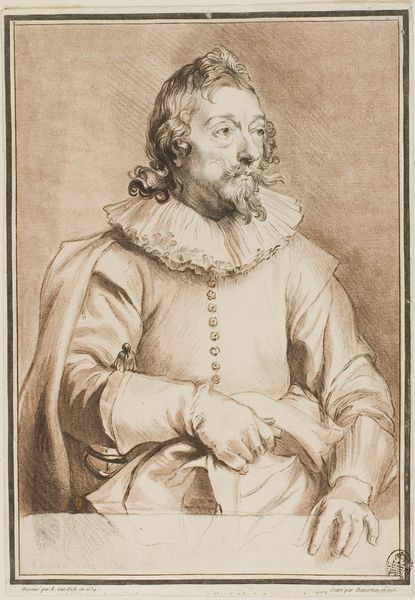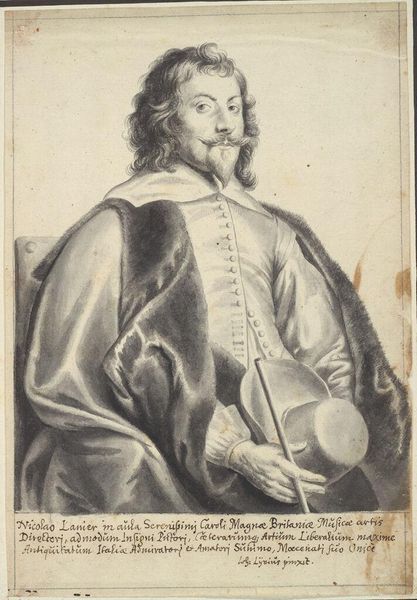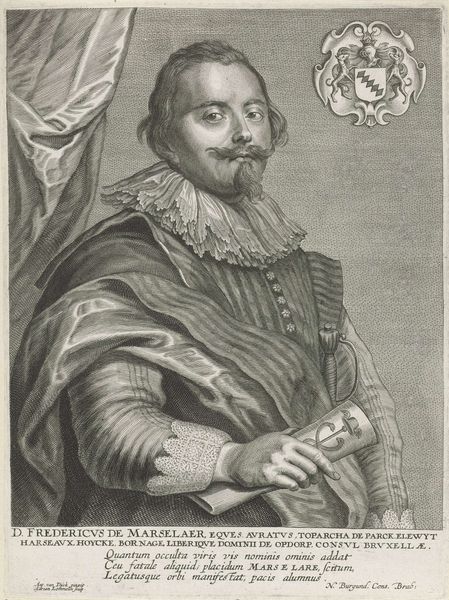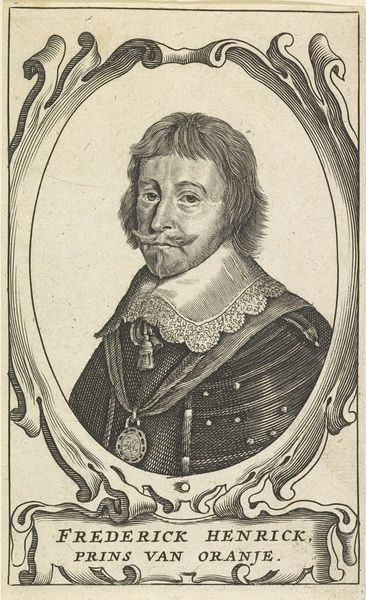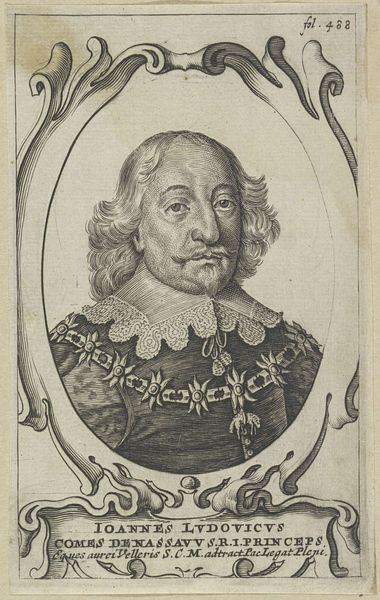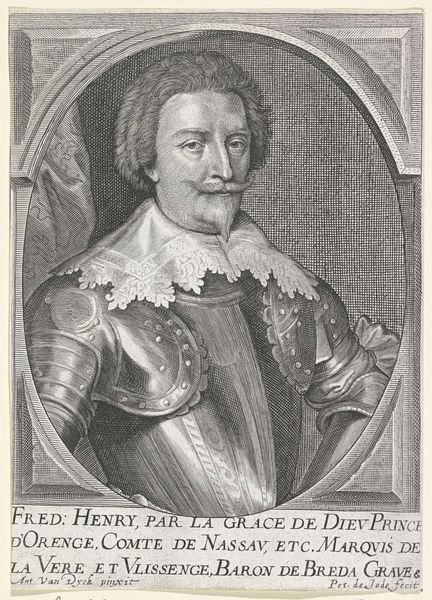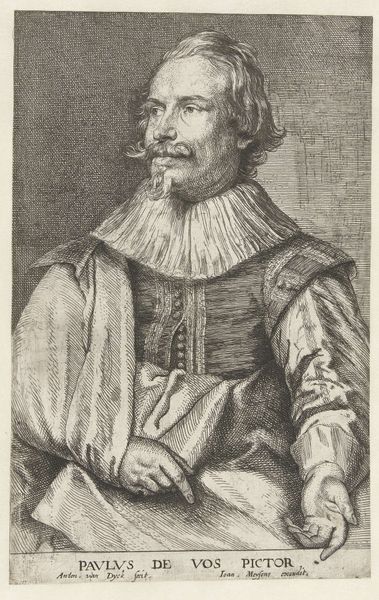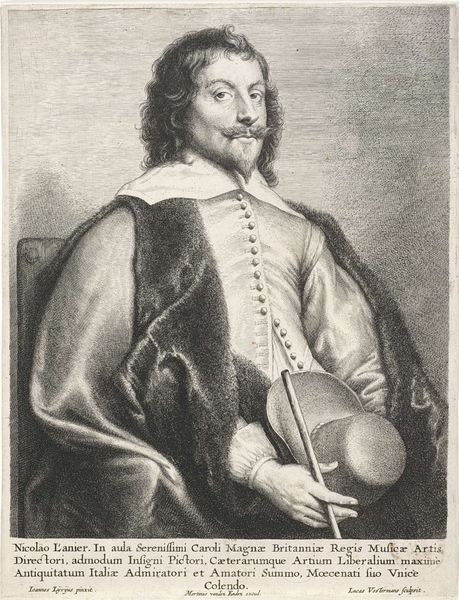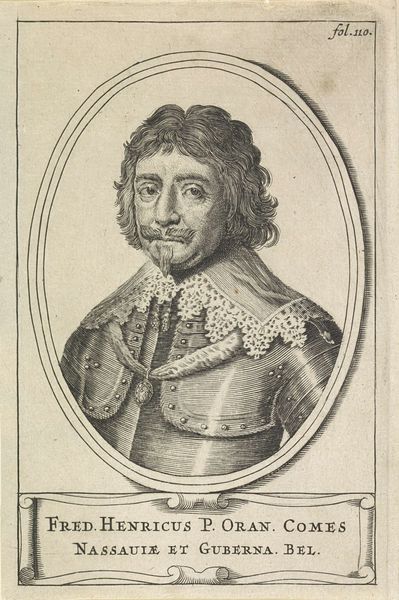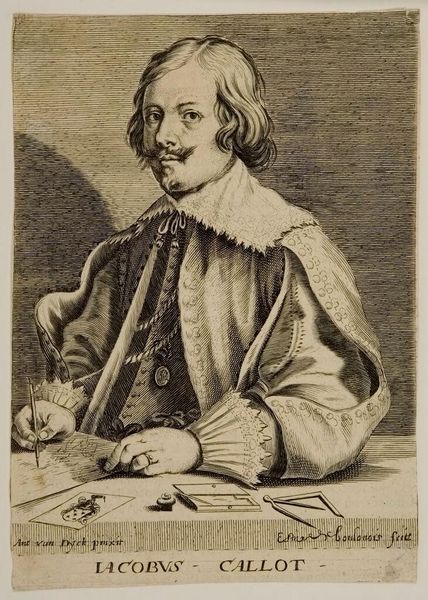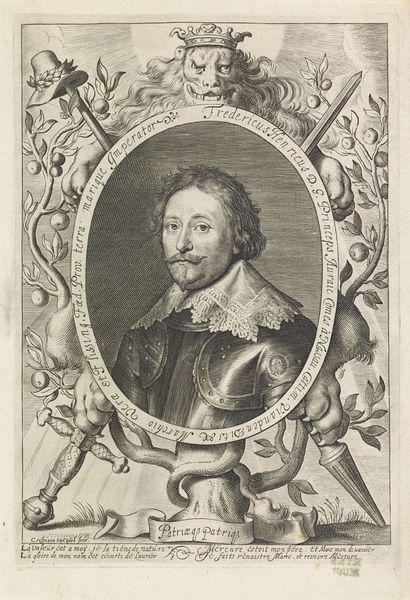
drawing, paper, pen
#
portrait
#
pencil drawn
#
drawing
#
neoclacissism
#
facial expression drawing
#
pencil sketch
#
old engraving style
#
paper
#
pencil drawing
#
pen
#
portrait drawing
#
pencil work
Dimensions: height 279 mm, width 189 mm
Copyright: Rijks Museum: Open Domain
Editor: Here we have Gilles Demarteau's "Portrait of a Man," created in 1773 using pen and pencil on paper. It’s striking how the detail in the ruffled collar contrasts with the somewhat softer rendering of the face. What do you see in this piece, beyond the initial impression? Curator: This portrait, like many engravings of the era, offers us a glimpse into the economics of image production. Demarteau wasn’t simply creating an image; he was participating in a system of reproduction, likely for distribution and consumption. Note the meticulous detail—almost industrialized in its precision. Consider the labor involved in creating those repeating lines, and how that labor is embedded in the value of the print itself. Editor: So you're focusing on the means of production and the social context rather than the individual depicted? Curator: Precisely. Think about the paper itself – its sourcing, the watermarks if visible, the trade routes involved. What kind of market was being served here? Who had access to these images, and what role did they play in shaping social identities and status? Editor: That’s a perspective I hadn’t considered. I was so focused on the subject that I didn’t think about how the print itself circulated within a specific economic framework. Curator: The ‘who, what, where, and how’ behind its creation reveals a deeper narrative. Can you see now how Neoclassicism engaged in commerce and commodity exchange? Editor: Absolutely! It recontextualizes the artwork to consider its socio-economic implications. Thank you! Curator: And thank you! It is a privilege to be reminded that seeing always comes before examining the means of production.
Comments
No comments
Be the first to comment and join the conversation on the ultimate creative platform.
